One of the most common places to find them is on Japanese porcelain, often in a very stylized form, so that you might not even notice they are there. This old Imari pattern is extremely common and at first glance there is no real sign of any botanical motifs.
When you look closely at the design in the round, the two trunks of the pine and the plum and the bamboo pole become visible. This central motif has been repeated on versions of this pattern for centuries and continues to be very collectible.
I’d say about a third of the traditional polychrome Imari patterns with a central roundel have our three friends in the center. Close-ups of the photos highlight the details and the difference between the blue underglaze and the enamel and gold overglaze.
So similar to the one above, yet oh so different!
Notice the different manner of painting the pine on this dish – the spiky needle style instead of the puffy bush style.
 The Three Friends of Winter are also a common motif on Japanese transfer printed blue and white porcelain. Transfer printing was invented in England in 1756 and is commonly associated with the Staffordshire potteries and the classic “Blue Willow” pattern. This process was developed as an inexpensive way to recreate the characteristics of the hand painted underglaze blue ceramics of China and Japan. Ironically, transfer printing does not become popular in Japan until the late 19th century, but modern-day markets abound with transfer printed pieces that show it eventually did. Often very inexpensive, they are a great purchase as they have more character than modern blue and white. Patterns are often standardized (like this stylized Sho-Chiku-Bai dish) so collecting a particular one is easy – or they are fun to mix and match.
The Three Friends of Winter are also a common motif on Japanese transfer printed blue and white porcelain. Transfer printing was invented in England in 1756 and is commonly associated with the Staffordshire potteries and the classic “Blue Willow” pattern. This process was developed as an inexpensive way to recreate the characteristics of the hand painted underglaze blue ceramics of China and Japan. Ironically, transfer printing does not become popular in Japan until the late 19th century, but modern-day markets abound with transfer printed pieces that show it eventually did. Often very inexpensive, they are a great purchase as they have more character than modern blue and white. Patterns are often standardized (like this stylized Sho-Chiku-Bai dish) so collecting a particular one is easy – or they are fun to mix and match.
This small covered dish is also transfer printed, with the plum and bamboo encased in fans (a common design device) and the pine in snow, represented by the ruffled circle surrounding it.
This small dish has a naturalistic rendering.
The Three Friend of Winter are not limited to porcelain. They can be found on lacquer…
…and here is a set of three kashigata (sweets molds) in the motif.
This paste-resist dyed indigo cloth takes a different approach, blending the naturalistic pine and plum with the stylized kamon for bamboo. The process is called tsutsugaki (literally, tube drawing) as rice paste is squeezed from a tube to draw the design, much like a giant crayon. The cloth is subsequently dyed and then the rice paste is washed off. This antique futon cover dates to the late 19th century.
Same for this one.
A more formal version can be found on this brocade fukusa. Popularized in the Edo period, a fukusa was used to “wrap” a formal or important gift by being draped over the box or tray on which it was presented. The Three Friends are a very common motif on fukusa as they represent such good wishes to the recipient as well as the New Year.
Speaking of important gifts, how about this set of watches from Vacheron Constantin? They have paired up with Zohiko, a 300+ year old lacquer maker in Kyoto to create these limited edition maki-e (literally, sprinkled picture) timepieces, embellished with Sho-Chiku-Bai. I am not sure what you do with three and at $335,000 for the set, I don’t think I’ll be getting them anytime soon. But interesting, desu ne (isn’t it)?
All of these example came from the Antique Jamboree held at Tokyo Big Sight the weekend of January 8-9th. And for more on the symbolism of these three friends, see Kadomatsu…A Traditional Welcome for the New Year.
Image credits: All images by Jacqueline Wein except Blue Willow platter: marks4antiques.com, and Vacheron Constantin watches: via House of Pens

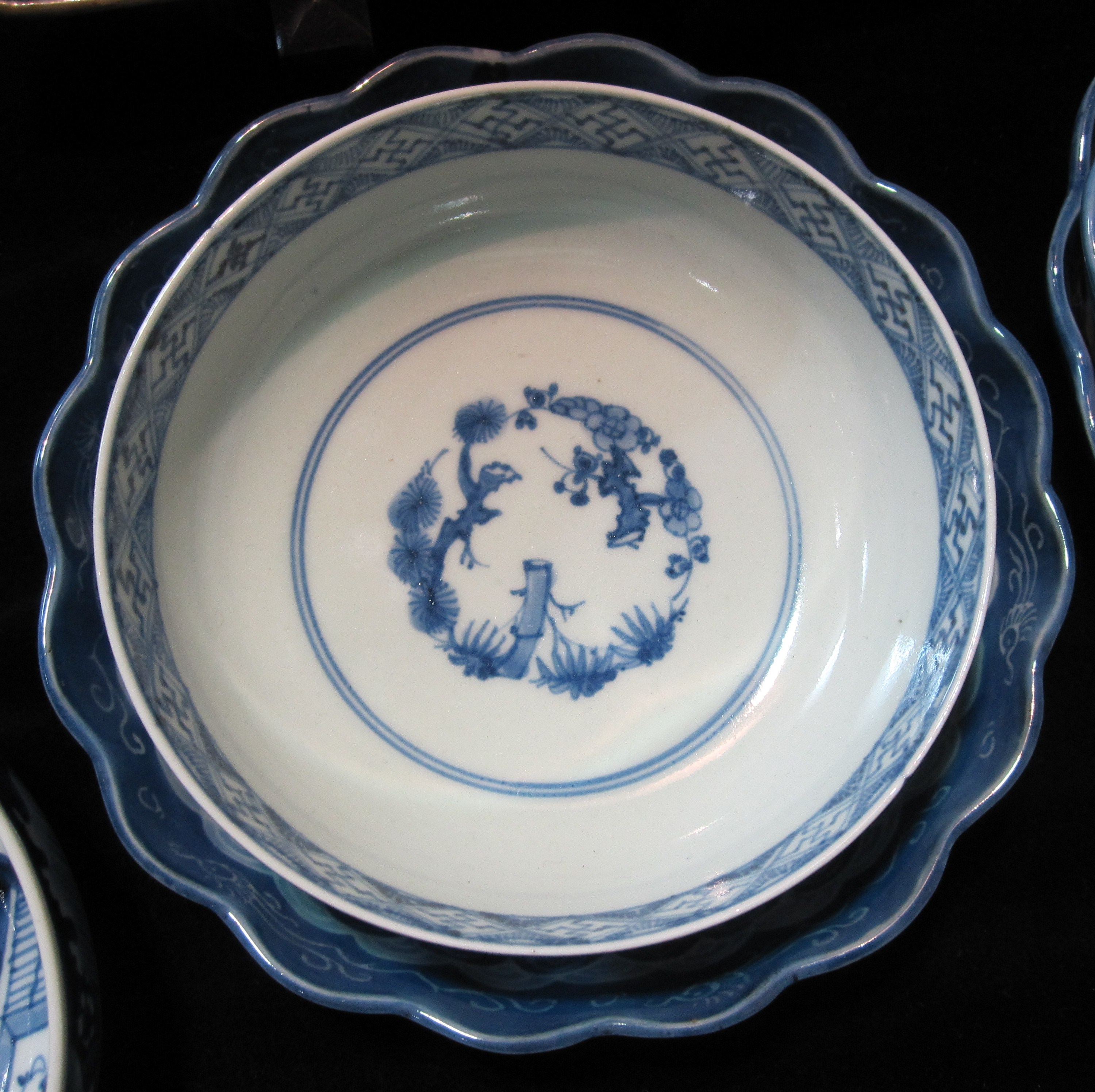




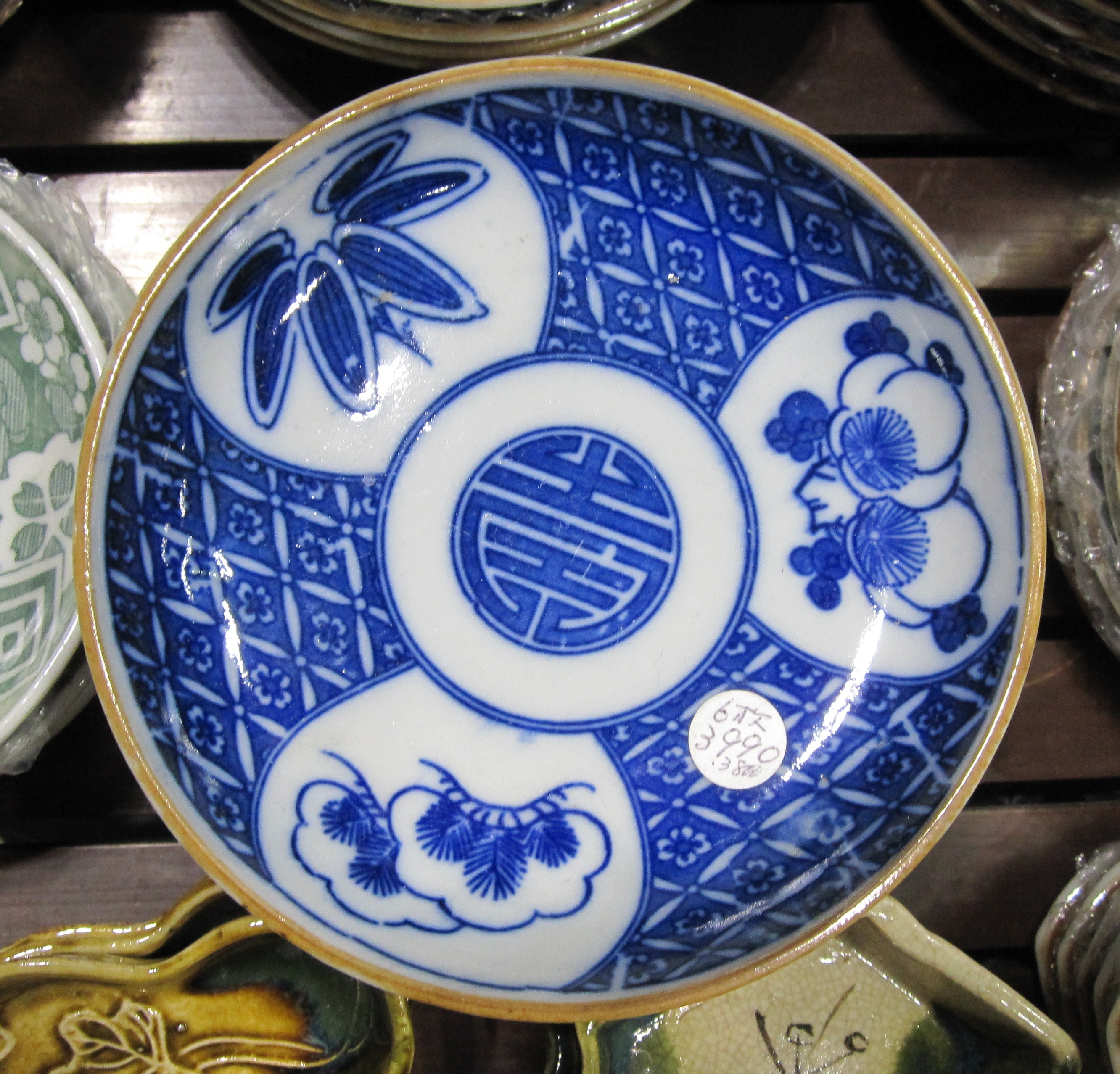

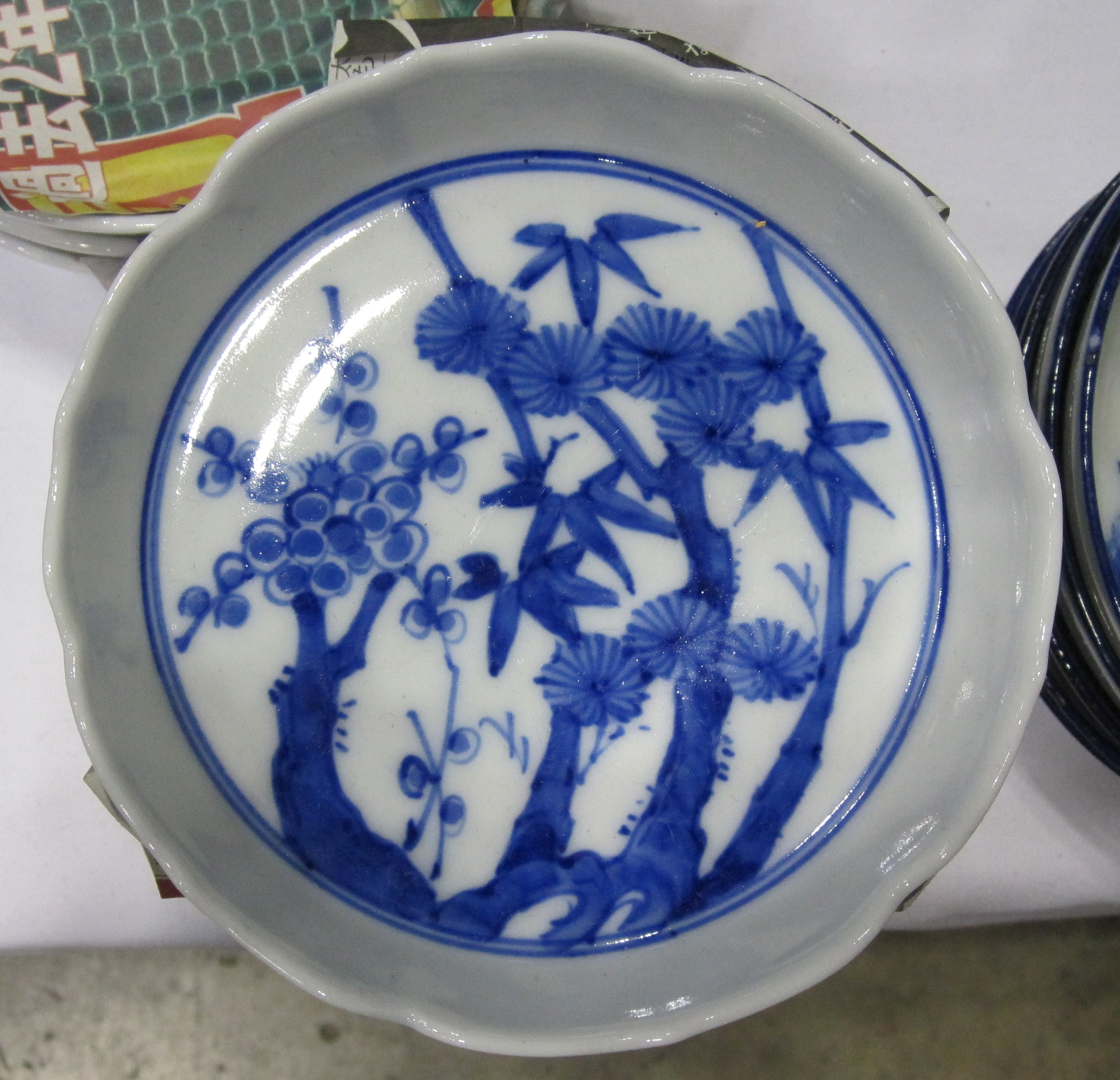
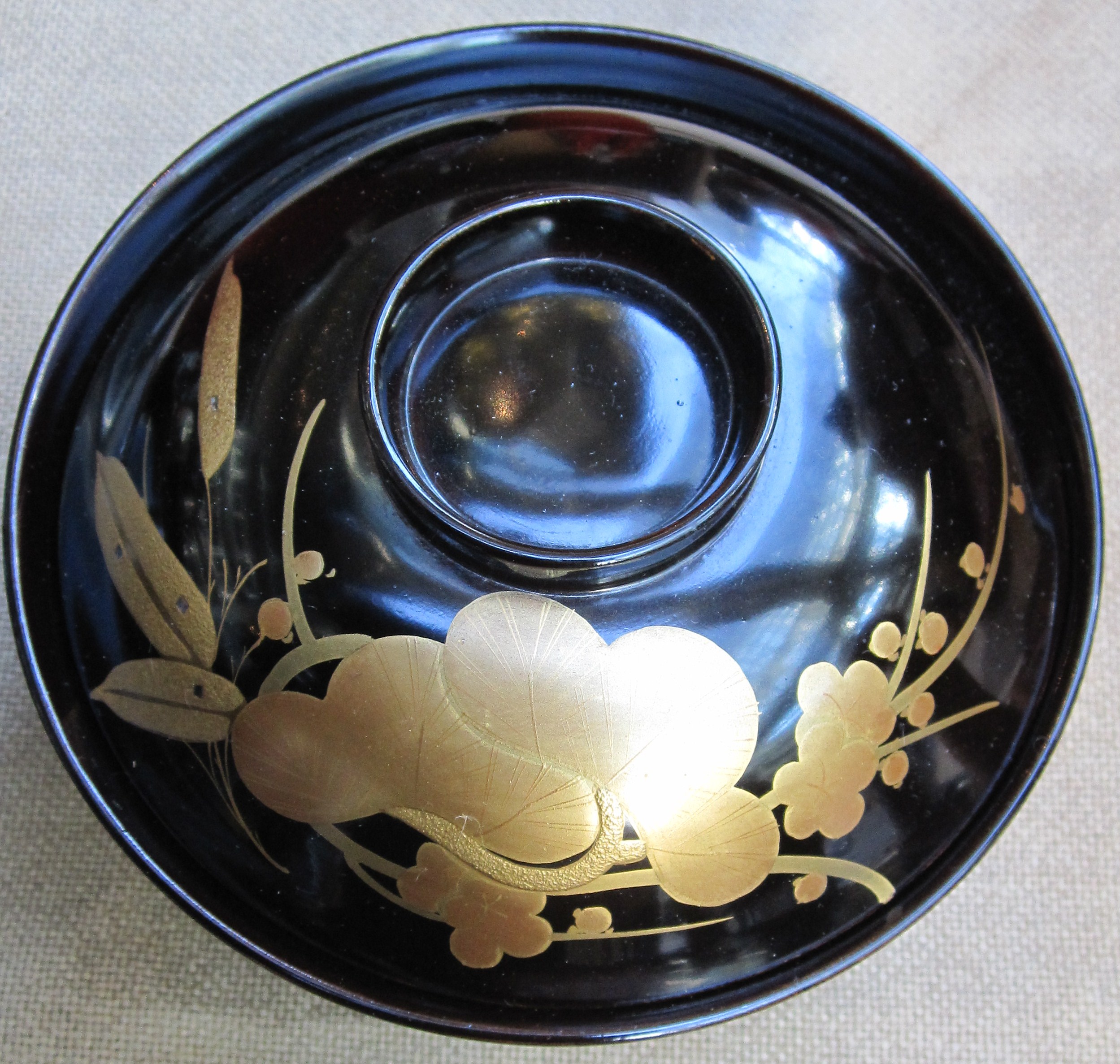



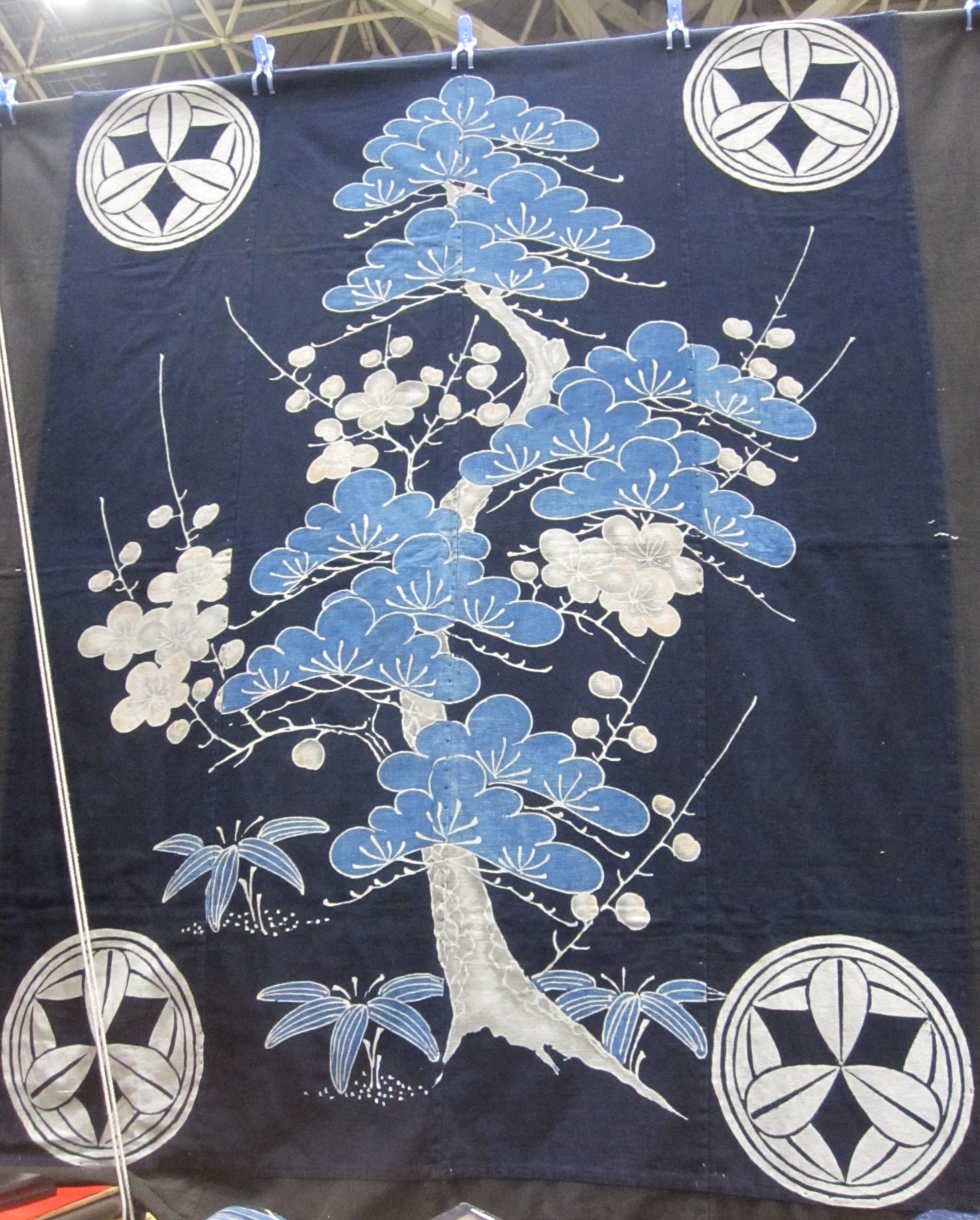

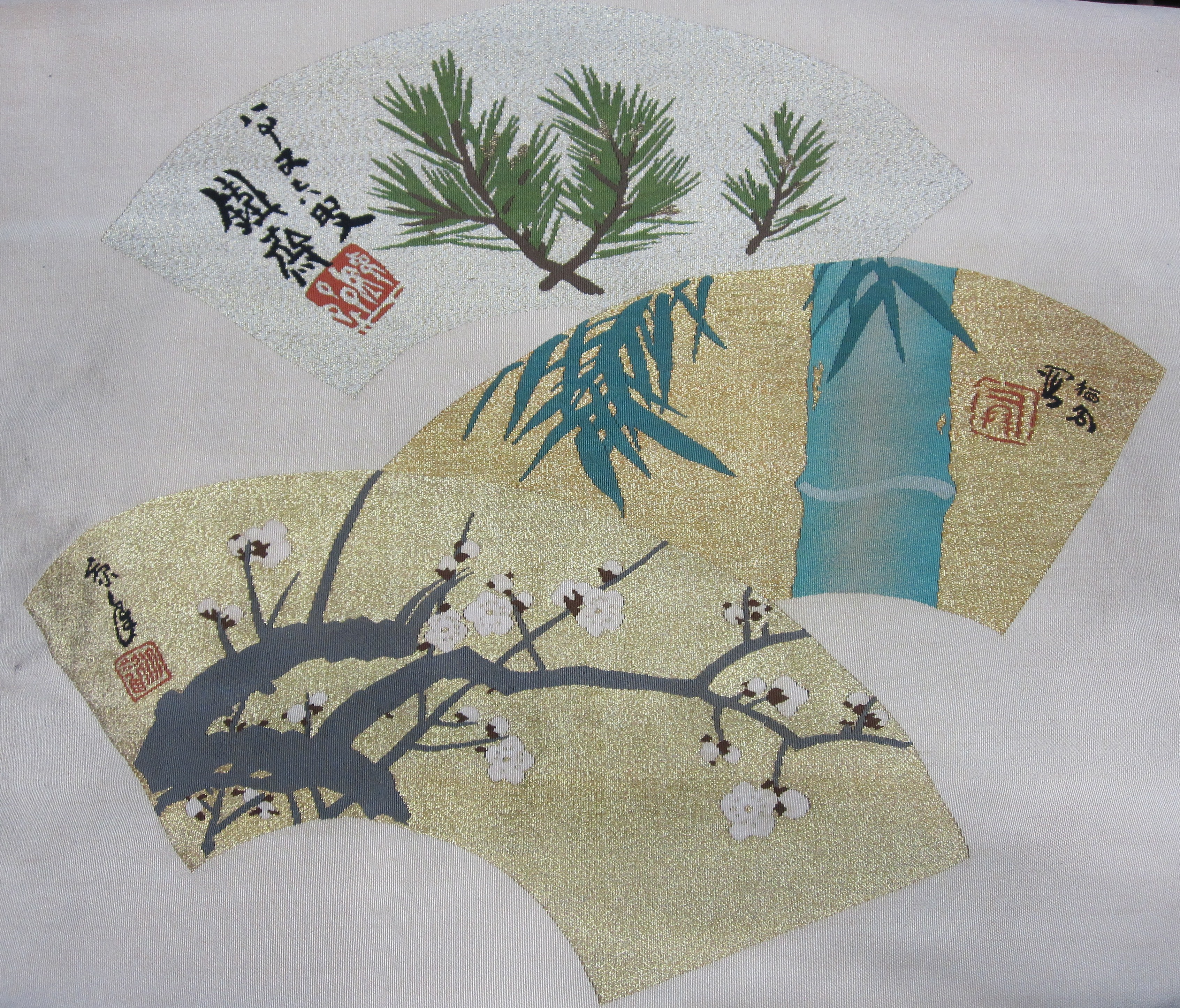

All of these patterns are so beautiful–I used to have a ton of Blue Willow. Only a few pieces now.
Dear Jacqueline, I wish you had written this blog while I was still in Japan…I would have appreciated everything around me so much more!! Thank you for allowing me to appreciate Japan all over again…
I LOVE those futon covers – where did you spot those? They are beautiful!
At the Antique Jamboree in January. They were pricey, if I recall correctly…
Shop Talk…A Great Eye at Les Yeux Noirs « Tokyo Jinja
[…] most diverse collection of inban (transfer printed porcelain) I have come across. As mentioned earlier, mass-produced transfer printing did not become popular in Japan until the Meiji period, even […]
Carnation Fixation…Ottoman Inspired Textiles | Tokyo Jinja
[…] motifs are coming to the forefront of my vision. It’s not that I am abandoning my love of sho-chiku-bai, ami, kamon or the rest of the lexicon of Japanese pattern, just that I am deeply interested in […]
This is usually a consultant that concerns harvesting events furthermore so the cameraman must certanly be educated and also important to earn case one perfect morning.
And last but not least, you can also use a remote cable
release to help eliminate any movement from
pushing the shutter button down. Essentially, photographs under
such category must highlight the company product or service, and not merely the individuals working behind the veil.
The Pumpkin Wizard provides template patters by theme.
01 seconds and kick out, while the other security center “warning. The teacher assumes the role of the host, and will guide the students through the game by asking them to pick a case and try to answer the question that it reveals.
I am really thankful to the holder of this website who
has shared this great post at at this place.